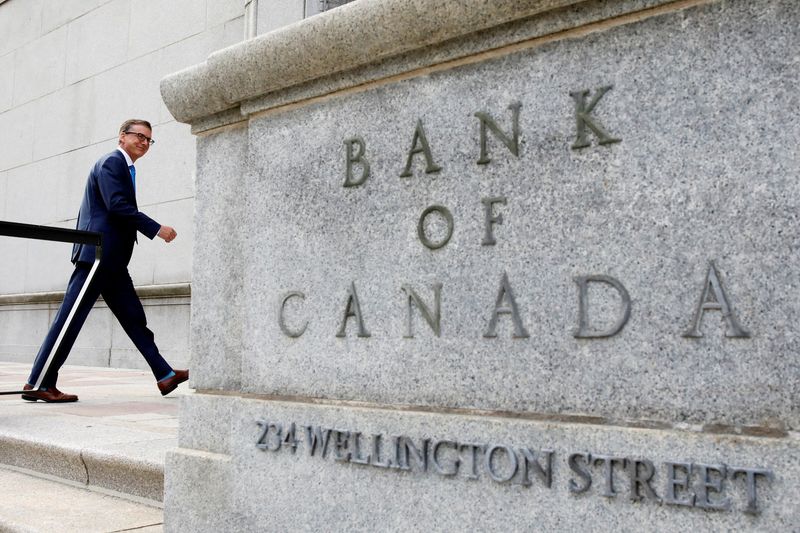Bonds and oil
2022.12.08 06:36
[ad_1]

Bonds and oil
Budrigannews.com – On Wednesday, U.S. 10- and 30-year Treasury yields plunged to their lowest levels since mid-September, despite a slight backtracking early today.
The 30-year long bond yield has fallen to a 24-hour low of 3.40 percent, its lowest level since October, when it reached its 2022 peak. In terms of price, it has increased by more than 10% in the past month.
Despite the fact that some people may be perplexed as to why yields have fallen this week in anticipation of the U.S. Federal Reserve raising interest rates again next week, fears of a recession in 2023 are growing, whether or not the data that is coming in supports these fears. The bond market itself is yelling that a downturn is on the way, with the yield curve between three months and ten years closing at its highest inversion in more than 40 years.
On Wednesday, the move was prompted by three events. The first was a drop in prices below $77 per barrel, which was the lowest level of the year due to fears of a recession, higher inventories, and the G7’s Russian oil price cap, which set a price for oil that was 30% below what was being paid globally.
Inflation expectations are also falling as a result of the year-over-year decline in oil prices.
More Oil stocks fell heavily in the US last week-EIA
Another disinflationary signal from downward revisions to U.S. labor cost estimates for the third quarter was the second spur.
The third came from the Bank of Canada’s “dovish rate hike,” which came with another half-point rate increase and what many saw as a sign that the tightening campaign would now be stopped. That was thought to be a possible indicator of the mood in other G7 central banks, despite the fact that it might be a stretch.
In May, the U.S. Federal Reserve’s implied terminal rate was just under 5%; however, there are now half-point rate cuts priced between now and the end of the year.
Despite the enthusiasm for bonds, it did little to cheer stocks, which investors believe will struggle again next year if a recession occurs. The fourth day ended in the red, and on Thursday, both Wall Street futures and the majority of major global bourses remained subdued.
The only exception was Hong Kong, where the benchmark has now recovered all of this year’s underperformance in comparison to global indices and the S&P500. This is better than the 18% decline experienced by the S&P and the 26 percent decline experienced by China’s mainland indices’ year-to-date losses.
As the Hong Kong government eased its COVID-19 restrictions, the Hang Seng gained an additional 3% on Thursday. Patients and contacts will be isolated for five days instead of seven, and arrivals in Hong Kong will only be required to undergo daily tests for five days.
Japan raised its Q3 growth estimate elsewhere.
Peru was the focus of global politics as well. After a day of political drama that saw leftist leader Pedro Castillo arrested following his removal from office in an impeachment trial as a result of his last-ditch attempt to cling to power by dissolving Congress, the nation swore in a new president on Wednesday.
The following are important developments that could guide U.S. markets later on Thursday:
* US week after week jobless cases. Inflation in November in Mexico * Earnings from U.S. businesses: NASDAQ: Costco, Broadcom, Cooper Companies (NASDAQ:)
* Pablo Hernandez de Cos, governor of the Bank of Spain, and Christine Lagarde, president of the European Central Bank, present a graphic: Trouble Coming? Graphic: From One Place to Another: Graphic of a Journey: Costs of labor and productivity, graph: Another hike was successful.








